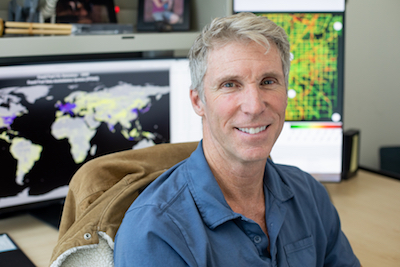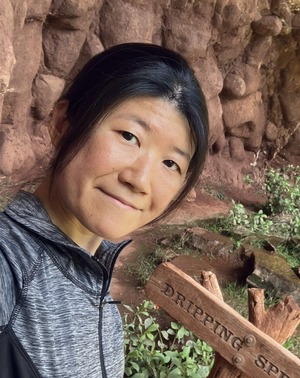A step towards a better future! Download the app and start counting!
The Hestia traffic app was designed to overcome a chronic challenge in modeling air pollution, heat, and greenhouse gases from traffic volume, traffic flow, and traffic emissions in the "Hestia" model. The Hestia model estimates all sources of air pollution, greenhouse gases and heat, including traffic, buildings, factories, power plants, airports, etc. However, traffic data, the largest source of emissions, is limited. Our aim is to overcome that deficiency with community citizen science collected data. You can read more about the larger Hestia project here.
Current challenges with traffic data for the Hestia model
Limitations of traffic data
As an example of the limitations of traffic data, in Flagstaff we only have five traffic counting stations and limited information on the vehicle classes (think “size” or fuel efficiency groups).
Improving the on road sector data
But with the new Hestia Traffic App, community scientists can collect data at many locations
and can collect detailed vehicle class information at each point
With this data, we can provide actionable data to improve :
Traffic Flow
Cities and ADOT can use this data to understand traffic flows and implement changes to reduce congestion and optimize bus routes to avoid traffic and improve access.
Reducing Emissions
Cities can implement changes aimed at reducing emissions (greenhouse gases and local air pollution – think smog!) through better traffic management and city planning.
Urban Heat
The urban heat island is partly driven by heat arising from combustion and vehicles are a large source of local heat emissions. In the urban Southwest, this is a large and growing problem. Reductions in traffic flows and better traffic management and planning can also slow rising temperatures.
Meet Our Team
Our team of faculty, students, and staff at Northern Arizona University bring a wealth of experience and knowledge to greenhouse gas emissions and climate change.
About Us
The Hestia traffic app was designed to overcome a chronic challenge in modeling air pollution, heat, and greenhouse gases from traffic volume, traffic flow, and traffic emissions in the "Hestia" model. The Hestia model estimates all sources of air pollution, greenhouse gases and heat, including traffic, buildings, factories, power plants, airports, etc. However, traffic data, the largest source of emissions, is limited. Our aim is to overcome that deficiency with community citizen science collected data.



